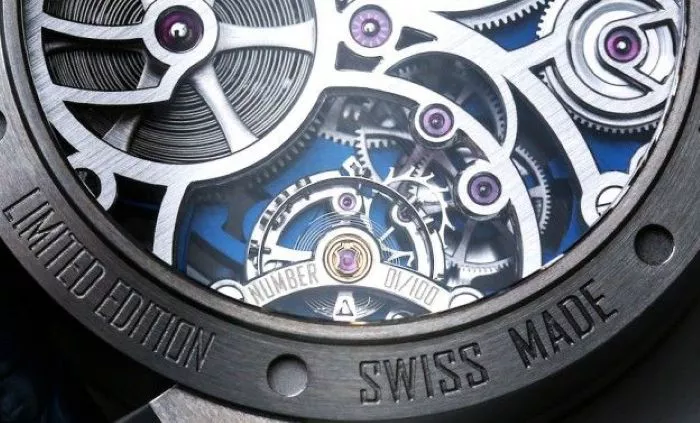For centuries, Swiss watches have been synonymous with precision, heritage, and unrivaled craftsmanship. The phrase “Swiss Made” evokes images of skilled artisans in Alpine workshops meticulously assembling timepieces by hand. But the reality of modern watchmaking is far more complex—and far less Swiss than many consumers realize.
The Legal Gray Area of ‘Swiss Made’
Switzerland’s watch industry has long guarded its reputation through strict labeling laws. The current regulations, updated in 2017, require that at least 60% of a watch’s production costs (excluding straps) be incurred in Switzerland, along with 100% of technical development. Additionally, the movement must be “cased up” and inspected in the country. However, these rules contain significant loopholes:
- Movement assembly can occur in Switzerland even if most components are made abroad.
- International trade agreements allow foreign parts to count toward the 60% threshold if they meet Swiss quality standards.
- High-tech materials like ceramics and carbon fiber—often sourced from Asia—are exempt from strict domestic production rules.
Critics argue that these provisions enable brands to outsource large portions of production while still qualifying for the coveted “Swiss Made” stamp.
The Rise of Asian Manufacturing
Swiss brands have increasingly turned to factories in China, India, and Thailand for components—or even entire movements—while maintaining final assembly in Switzerland. Industry insiders confirm that cases, dials, and bracelets are routinely sourced from Asia, particularly for watches priced under $10,000.
“Below 5,000 Swiss francs, it’s impossible to be 100% Swiss-made today,” admits Stéphane Waser of Maurice Lacroix. Niels Eggerding of Frederique Constant adds that Asian manufacturers now produce “super top-notch” parts at scales Switzerland cannot match.
Consumer Backlash and Calls for Transparency
Many collectors feel misled. Patrick Neal, a longtime enthusiast, says he felt “duped” upon learning how loosely “Swiss Made” is applied. David Flett, a watch historian, argues the label should be replaced with “assembled in Switzerland” for accuracy.
Some brands, like H. Moser & Cie., have taken a stand—removing “Swiss Made” from their dials in protest. CEO Edouard Meylan calls the term “meaningless” and criticizes the industry for obscuring production realities.
The Future of Swiss Watchmaking
While purists champion independent artisans like Philippe Dufour or Rexhep Rexhepi—who craft watches entirely in Switzerland—mass-market brands face growing pressure to balance cost, quality, and authenticity.
Guido Terreni of Parmigiani Fleurier advocates for greater transparency: “There are clients who are discerning, who are curious about how things are done.” Meanwhile, Hong Kong collector Lung Lung Thun acknowledges the disconnect but embraces the romance: “You’re paying for the idea that someone made it in Switzerland.”
As Asian manufacturing continues to advance, the “Swiss Made” label may need reinvention—or risk becoming a marketing relic rather than a mark of true craftsmanship.


